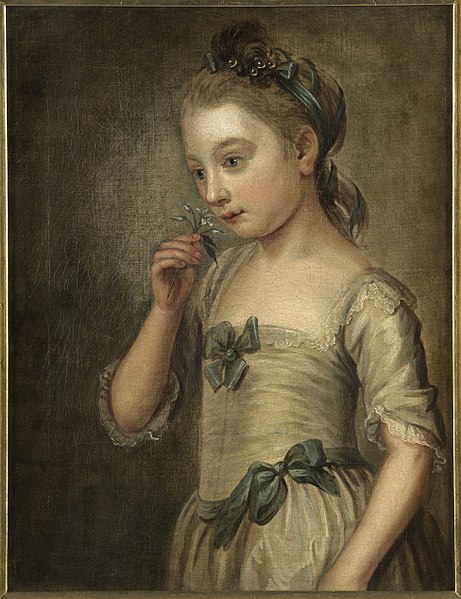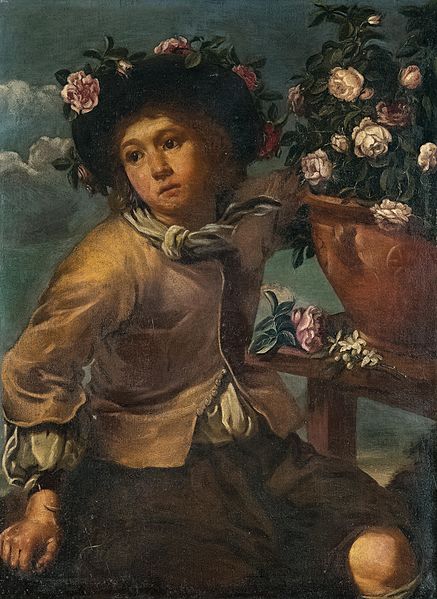
Thammasat University students who are interested in history, sociology, cultural and social anthropology, cultural studies, and related subjects may find a newly available book useful.
Smell and the Past: Noses, Archives, Narratives is an Open Access book, available for free download at this link:
https://library.oapen.org/handle/20.500.12657/62912
Its author is Associate Professor William Tullett, Ph.D., who teaches sensory history at Anglia Ruskin University, the United Kingdom.
The TU Library collection includes other books about different aspects of odors and the sense of smell.
The publisher’s description of the book notes:
What if researchers interested in ‘the past’ used their noses? This open access book makes the case for a more imaginatively interdisciplinary approach to sensory heritage and history, arguing that we can and should engage our noses as a research tool for articulating the past. Assessing how both we and our ancestors approach, understand and conceptualise smell, Tullett shows how archives can be ‘re-odorized’ to uncover narratives that are only implicit in or obscured by the historical record. From perfume libraries to organic compounds emitted by historical objects, this book acts as a guide for employing our olfactory senses when researching and studying history in order to understand and communicate the past more fully. Employing ‘olfactory figures’ examples, Smell and the Past shows how historical narratives and arguments can be found through a structured olfactory experience, and demonstrates how our understanding of the past and its relationship with the present is enriched by opening our minds and using our noses.

The book’s introduction asks:
What if we were actually able to smell out the mixture of things that composed the olfactory past? What if historians were to bury their noses in the past instead of merely resorting to ocular inspection? This short book provides some answers to these questions. It is an exploration of what it means to study smell in the past, smell and the past and the smell of the past. These are three quite distinct things. Smell in the past refers to the shifting smellscapes of past societies and how people understood, categorized and responded to odours. In other words, smell in the past refers to the social and cultural role of scents and their sensing. Disinterring smell in the past relies on close and careful reading of texts and images. This is the kind of approach characteristic of much of the work published by humanities scholars on the sensory past. It is deeply influenced by anthropology, one of the fields that has been at the forefront of sensory studies, and cultural history. This approach holds that smell is deeply cultural, and both contemporary and historical responses to odours have always been informed by perceptual lenses that have been specific to a period, place or community. For instance, whilst Renaissance writers emphasized the scent of the rose and gave it great symbolic importance, shifting modes of perception in the nineteenth century led gardeners breeding roses to select for visual beauty rather than fragrance. Excavating these lenses involves an attunement to textual evidence and a recognition that smells – and noses – are in the past, historians are in the present, and that the gulf of historical distance means the two cannot (or indeed should not) meet. […] But this is not the only way to think about the relationship between smells and the past. In this book smell and the past refers to the role history plays in memory, heritage and public history: smell and our sense of ‘past-ness’. […] Thinking about smell and the past means asking why and how this connection developed, and what it means for our understanding of smell’s relationship with society and culture both today and in the future. […]
We must go further than the oft-repeated point about contemporary experiences of smell being different – in sensitivities to scent, in the meanings given to odours and in the way individuals conceptualize olfactory experience – to historical ones. We can explore how and why those experiences are different to those that existed in the past and be open to the possibility of finding continuities as well as change in how people sniffed. Such explorations will allow us to explore difference alongside the historical residues of sensation and bodily habits that still inform the way we sense the past, our present and our futures today. Finally, we should distinguish these first two from the smell of the past. This refers to the smells that might have materially existed at any one point in the past and whose remains we can detect or, through a careful mix of historical sources and material literacy, imagine today. The smell of the past is a story of volatile organic compounds (VOCs) and the molecules that make up scents. It is a story for which documents may ‘never be enough’, but for which material and sensuous evidence is vital. This is a story that would involve a different history altogether: tracing, as the food-writer Harold McGee has suggestively intimated, a molecular history of odours over time. It is also a story with a different relationship to the archive. As Anna Chen has persuasively argued, smells can be archived in the traditional sense in institutional repositories and collections. Odours can be bottled and they can be stored with audio or textual descriptions of the meanings and feelings they evoke. However, smells are also archives in miniature: they are repositories of memories and feeling. What is more, materialities beyond the traditional archive can inform our olfactory histories. Bodies can act as repositories for long-sedimented attitudes to odours. Objects can possess residues of the odours with which they have come into contact. Architectural spaces and their flows of air can reveal how scent might have moved within a space. All of these elements of the wider archive can contribute to a history that traces odorous material accretions in spaces and on objects through both human and machine-mediated sniffing. This is a history that recognizes and makes productive use of the fungible, decaying and ever-shifting nature of archives. When combined together, these three approaches offer a way of understanding smell that is not just about meaning, the main bill of fare for humanities scholars, but also the material affordances that environments today and in the past can provide for exploring ‘presence’ – understood as the ‘phenomena and conditions that contribute to the production of meaning, without being meaning themselves.’

(All images courtesy of Wikimedia Commons)
